Author:Baby & Adult Diaper Materials FROM:Diaper Materials Manufacturer TIME:2023-04-14
At present, the more mainstream diaper surface materials on the market are: air-through non-woven fabric and anti-stick non-woven fabric. The surface layer is the part that is in direct contact with the human skin, so it is required to be dry, comfortable and soft. Hot-air non-woven fabrics have the characteristics of fluffy, soft, strong warmth retention, good air permeability and water permeability, and are more and more used in the surface layer of diapers. Anti-stick non-woven fabrics are not as soft and breathable as hot-air non-woven fabrics. With the improvement of anti-sticking non-woven fabric technology, the softness has improved, but the fluffy feeling is still not as good as hot-air non-woven fabric. In order to save costs, many merchants use anti-sticking non-woven fabrics as one of the main materials for the surface layer. Diapers made of hot-air non-woven fabrics will feel softer and more comfortable, while anti-stick non-woven fabrics will feel harder. Gently pull the surface layer of the diaper, the air-through non-woven fabric can easily pull out the silk, if it is a spun-bonded non-woven fabric, it is difficult to pull out the whole piece of silk.
The diversion layer is a layer of non-woven material located between the surface layer and the absorbent core, which can quickly help the liquid to quickly conduct, spread and distribute from the surface layer. In the early days, the perforated film was mainly used as the backflow layer, but in recent years, air-through non-woven fabrics or chemically bonded non-woven fabrics are mainly used (chemically bonded non-woven fabrics are fabrics that use adhesives to consolidate fibers together).
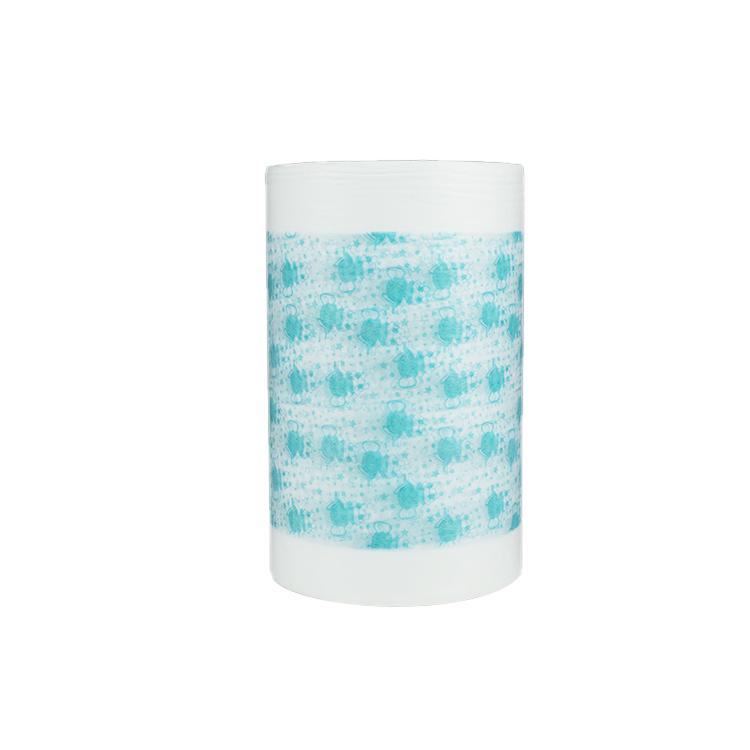
The core part mainly has three materials, fluff pulp, polymer water-absorbing resin, and dust-free paper.
(1) Fluff pulp is wood pulp and straw pulp that have undergone operations such as bleaching and extraction of organic solvents. The advantage is that the catheterization performance is good, and the dryness of the diapers will not change much due to the concentration of urine; the disadvantages are lumps, faults, insufficient water retention, and generally thicker.
(2) Polymer water-absorbent resin (SAP for short) is a typical functional polymer material, which can absorb water hundreds or even thousands of times its own weight, and has a strong water retention capacity, so it is also Known as super absorbent or high water retention agent. The main feature of this core layer is that under the right pressure, the sucked water will not be squeezed out.
(3) Dust-free paper has unique physical properties, which are characterized by high elasticity, softness, excellent hand feeling and drape, high water absorption and good water retention performance.
Common cores and semi-cores on the market are: fluff pulp plus a small amount of polymer. The whole core body is: polymer water-absorbing tree fat. Composite core: polymer water-absorbing resin plus dust-free paper. When buying diapers, dads and moms can pay attention to the main material list on the package to know what core is used.
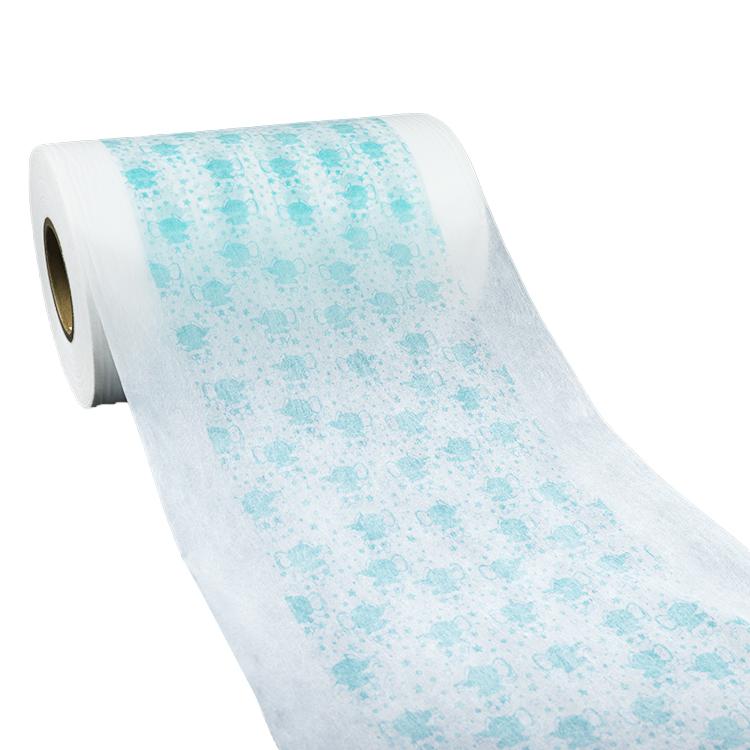
The main material of the leak-proof edge is non-woven fabric, mainly spunmelt non-woven fabric (SMS). It has the characteristics of high barrier property, softness, cotton texture, light and thin, and high vertical and horizontal tearing strength. It is the material of choice for leak-proof edges.
At present, there are mainly two kinds of materials for the bottom film of diapers on the market, one is PE breathable bottom film, and the other is hot air breathable bottom film.
(1) PE breathable bottom film, PE means polyethylene, and the PE film is marked with many microporous designs, which can prevent urine from seeping back and make babies feel drier.
(2) Hot air breathable bottom film, hot air bonded non-woven bottom film process, this process can play a better role in ventilation and effectively relieve stuffiness.
Compared with the bottom film of the two materials, the hot air breathable bottom film has better air permeability and softness, but of course the price will be higher.
To sum up, diaper materials mainly include non-woven fabrics, fluff pulp, superabsorbent resins, and breathable films.

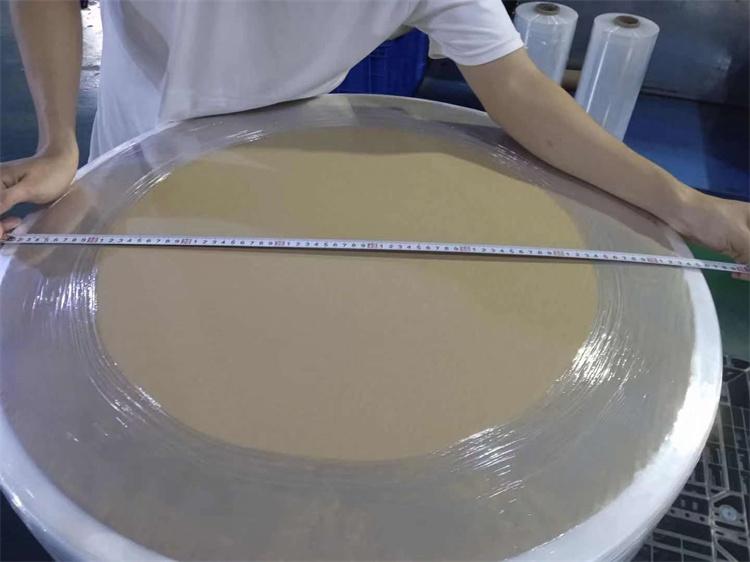
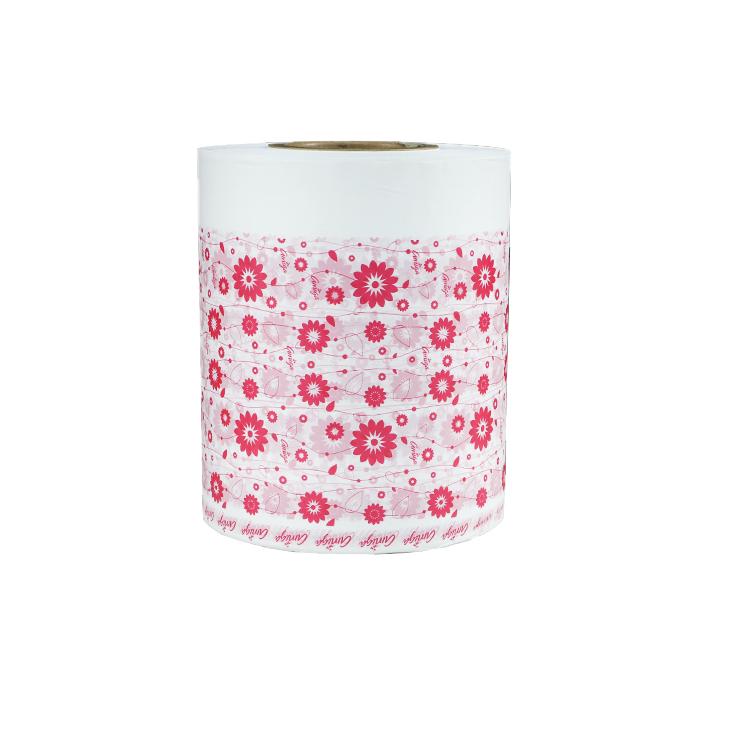
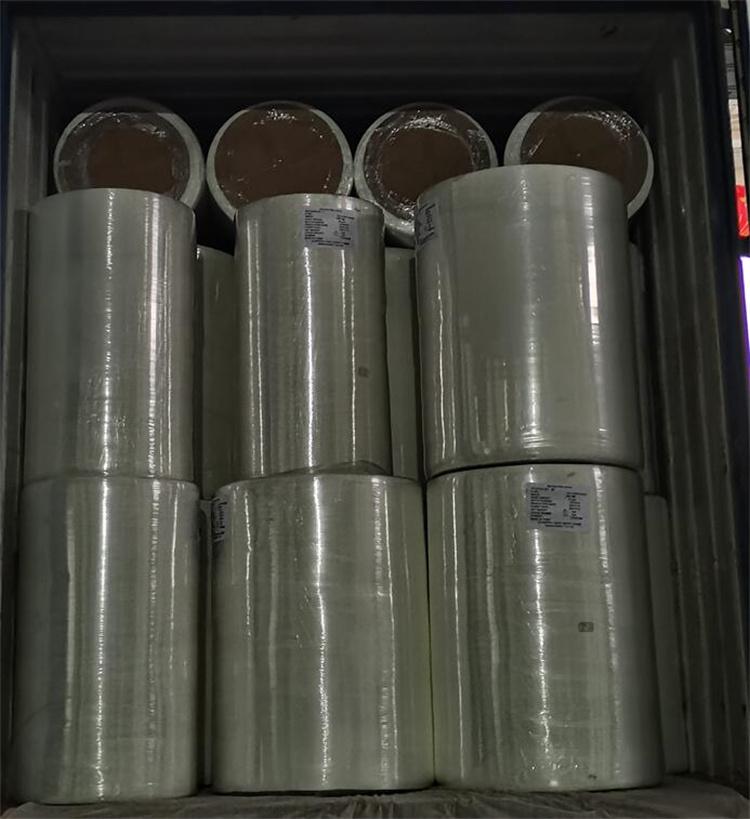
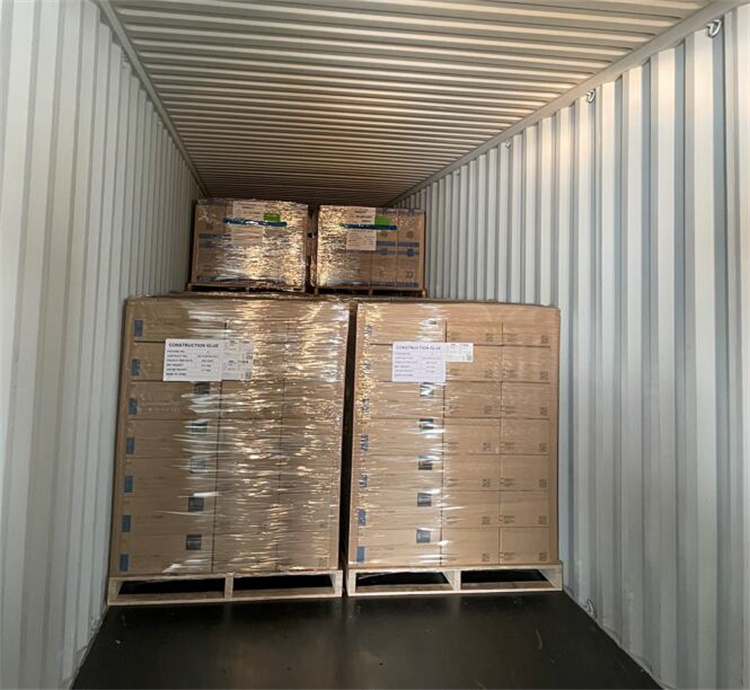

 Email: info@whldiapernonwoven.com
Email: info@whldiapernonwoven.com
 MP/WhatsApp: +86-13599937366
MP/WhatsApp: +86-13599937366
 Manufacturer Address:Room 1105B, Bld M1, Manhattan, Yulongwan, Shimao, Shuanglong Road, Meiling Street, Jinjiang, Fujian, China
Manufacturer Address:Room 1105B, Bld M1, Manhattan, Yulongwan, Shimao, Shuanglong Road, Meiling Street, Jinjiang, Fujian, China